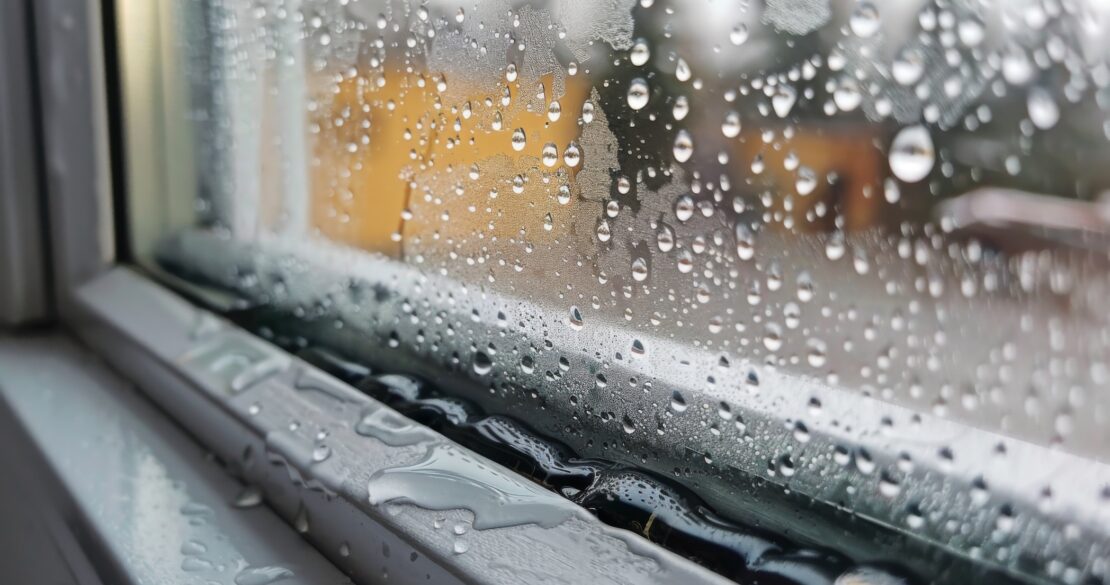Do you want to make your home more energy-efficient?
Testing the thermal performance of your windows is the first step. Three key tools can help:
- Thermal camera
- Heat flow meter
- Infrared thermometer
These tools measure heat transfer through glass. This data shows you which windows need upgrades to save energy.
Let’s explore these tools a little deeper.
Table: Comparison of Thermal Efficiency Testing Tools
| Tool | Measurement Type | Advantages | Limitations |
|---|---|---|---|
| Thermal Camera | Surface temperature | Visualizes heat patterns, identifies problem areas | Requires emissivity adjustment for glass |
| Heat Flow Meter | Heat transfer rate | Provides direct measurement of thermal transmittance (U-value) | Requires steady-state conditions, measures both sides |
| Infrared Thermometer | Surface temperature | Quick and easy to use, identifies temperature differences | Affected by environmental factors, requires emissivity adjustment |
Thermal Camera
A thermal camera detects infrared radiation from objects. Hotter areas show up as different colors. You can see hot and cold spots on window surfaces. This reveals areas of heat loss or gain.
To use it well:
- Calibrate the camera properly
- Adjust settings for glass emissivity
- Maintain consistent testing conditions
- Learn to interpret temperature colors
Heat Flow Meter
A heat flow meter measures the rate of heat transfer through a material like glass. It calculates the window’s insulation value or U-value directly. Higher U-values mean more heat loss.
For best results:
- Position the meter carefully on the glass
- Allow time for heat flow to stabilize
- Measure heat flow on both window sides
- Note air temperature, wind, etc.
Infrared Thermometer
An infrared thermometer reads the surface temperature of an object without contact. For windows, it quickly spots temperature differences that signal heat transfer problems.
Tips for using it:
- Aim the laser at the measurement spot
- Adjust emissivity setting for glass
- Take readings at same locations each time
- Avoid direct sun or air currents
Other Factors to Consider
For accurate testing, ensure proper equipment calibration and high-quality tools. Different glass types like low-E or tinted may need adjustments. Control environmental conditions like temperature and wind as much as possible. Costs vary, so choose tools suited to your needs and budget. Training helps use tools effectively.
By understanding these thermal testing methods, you can identify underperforming windows. This data guides smart upgrades to boost your home’s energy efficiency and savings.
Final Thoughts
Understanding the top three tools for testing the thermal efficiency of glass:
- thermal cameras
- heat flow meters
- infrared thermometers
…is the first step toward improving your home’s energy performance.
However, it’s crucial to consider the various factors that can impact the accuracy and reliability of your test results, such as measurement accuracy, glass type, environmental conditions, cost and availability, and user expertise.
By taking the time to familiarize yourself with these tools, you can obtain more meaningful data and make informed decisions about upgrading your home’s windows and other energy-saving measures.
Unsure about selecting or using these tools effectively?
Don’t hesitate to reach out to Atlantic Glass for professional advice tailored to your specific needs.





